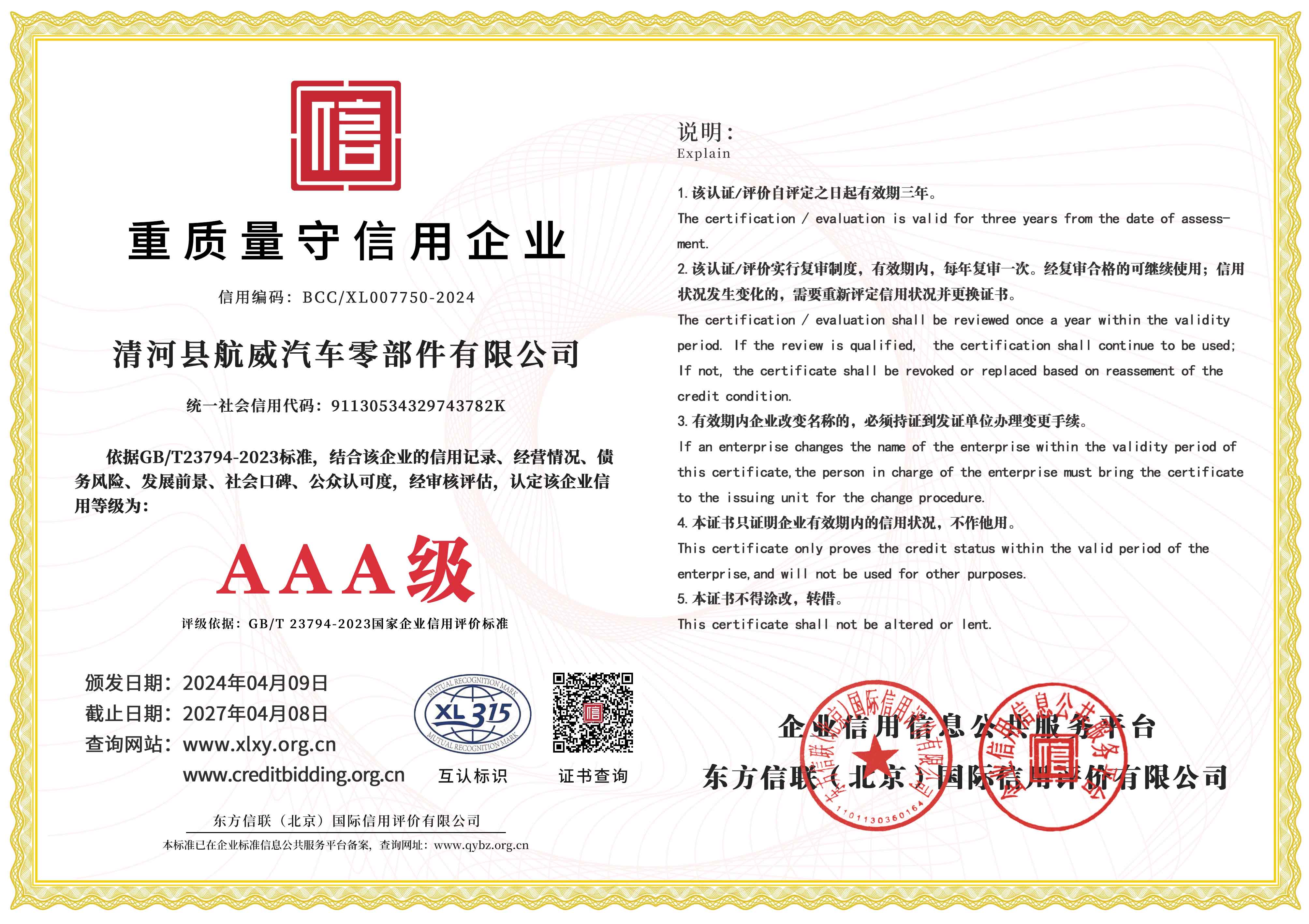master cylinder clutch line
Understanding the Master Cylinder Clutch Line
The master cylinder clutch line is a critical component in the hydraulic clutch control system of vehicles equipped with manual transmissions. It plays an essential role in the engagement and disengagement of the clutch, allowing for smooth shifting and control over the vehicle's power transfer. Understanding this component's function, design, and maintenance is vital for anyone involved in automotive repair or enthusiasts looking to enhance their knowledge.
Function of the Master Cylinder Clutch Line
The primary function of the master cylinder is to convert the mechanical force applied to the clutch pedal into hydraulic pressure. When the driver presses the clutch pedal, it pushes a piston within the master cylinder. This movement forces hydraulic fluid through the clutch line toward the slave cylinder, which then actuates the clutch fork, allowing the clutch to disengage. This process is crucial for shifting gears smoothly without damaging the transmission.
The master cylinder clutch line often consists of a durable rubber or polymer material designed to withstand high pressure and temperature fluctuations. It connects the master cylinder to the slave cylinder and is integral to the entire hydraulic system. Any failure or leakage in this line can lead to a loss of pressure, resulting in clutch malfunction, which can be hazardous while driving.
master cylinder clutch line

Common Issues and Maintenance
Over time, the master cylinder clutch line can suffer wear and tear due to exposure to heat and friction. Common issues include fluid leaks, air bubbles in the hydraulic system, and contamination of the hydraulic fluid. Recognizing early signs of trouble, such as a soft or spongy clutch pedal, difficulty shifting gears, or fluid spots under the vehicle, can prevent more severe problems down the road.
Regular maintenance is essential to ensure the proper functioning of the master cylinder clutch line. This includes periodically checking the hydraulic fluid level and condition, inspecting the line for signs of wear or damage, and bleeding the hydraulic system to remove trapped air. A well-maintained hydraulic system will not only improve the vehicle’s performance but also extend the lifespan of the components involved.
Conclusion
In summary, the master cylinder clutch line is a vital component that facilitates efficient clutch operation in manual transmission vehicles. Its primary role is to transfer hydraulic pressure to engage and disengage the clutch, enabling smooth gear shifts. Regular maintenance and timely repairs are crucial for avoiding common issues associated with wear and tear. Understanding the importance of this component not only enhances a vehicle owner's awareness of their car's mechanics but also promotes safe driving practices. For those passionate about automotive technology, delving into the intricacies of hydraulic systems like the master cylinder clutch line offers invaluable insights into vehicle performance and reliability.
-
Workings of Clutch Pipe and Hose SystemsNewsJun.04,2025
-
The Inner Workings of Hand Brake Cable SystemsNewsJun.04,2025
-
The Secrets of Throttle and Accelerator CablesNewsJun.04,2025
-
The Hidden Lifeline of Your Transmission Gear Shift CablesNewsJun.04,2025
-
Demystifying Gear Cables and Shift LinkagesNewsJun.04,2025
-
Decoding Clutch Line Systems A Comprehensive GuideNewsJun.04,2025
